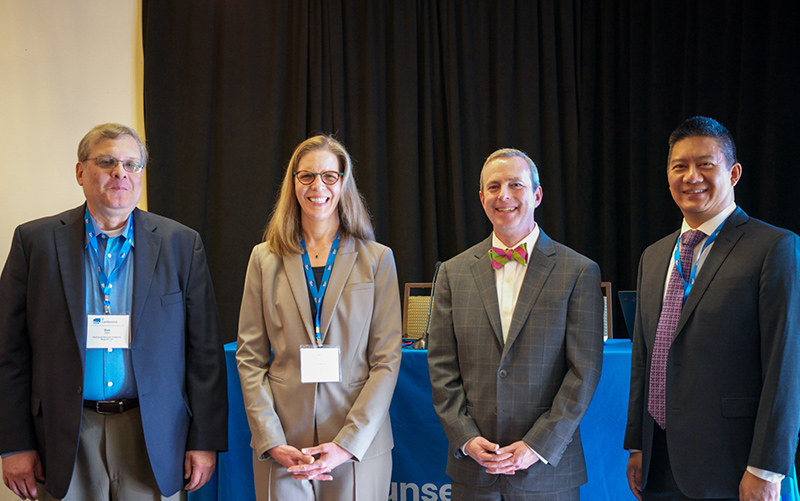At the United Nations Climate Change Conference, U.S. Transportation Secretary Pete Buttigieg will announce the U.S. Aviation Climate Action Plan, which, for the first time, sets out to achieve net-zero greenhouse gas emissions from the U.S. aviation sector by 2050.
“The Climate Action Plan we are announcing today is ambitious yet achievable, and will help create a sustainable aviation future. This plan shows we can combat climate change while growing the economy and creating good paying American jobs.” U.S. Transportation Secretary Pete Buttigieg said.
Key initiatives in the plan include:
Increasing Production of Sustainable Aviation Fuels: Sustainable fuels produced from renewable and waste feedstocks can provide the greatest impact in our effort to reduce aviation’s greenhouse gas emissions. Such fuels will be critical to the aviation industry’s ability to meet the net-zero emissions goal and they have the potential, on a lifecycle basis, to slash emissions by up to 100 percent. Sustainable aviation fuels can be used in today’s fleet of aircraft, without modification, and can be produced from a wide range of feedstocks, including wastes, residues, biomass, sugar, oils and gaseous sources of carbon.
Developing New Aircraft Technologies: Through the Sustainable Flight National Partnership, NASA and the FAA are working with industry to accelerate the development of more efficient aircraft and engine technologies targeting up to a 30-percent improvement in fuel savings compared to today’s planes, while also delivering substantial noise and emissions reduction benefits. New and more efficient narrow-body aircraft could enter the U.S. fleet in the 2030s and new wide-body aircraft in the 2040s.
Increasing Operations Efficiency: While the U.S. National Airspace System is efficient, there are opportunities to reduce fuel burn in all phases of flight. This includes boosting efficiency during taxiing, takeoff and landing, as well as flying optimized trajectories. Research shows that aircraft operations also affect the climate through non-CO2 emissions, especially via contrails and aviation-induced cloudiness – the line-shaped clouds that can form behind a jet engine as hot exhaust gases mix with the surrounding cooler air. The U.S. government is supporting research to cost-effectively reduce some of aviation’s climate impact by limiting contrail formation.
Cutting Airport Emissions, Boosting Airport Resilience: The government provides incentives to reduce emissions from airports through several programs, including, among others, the Zero Emission Vehicle Program, which provides grants to replace or convert ground vehicles for zero-emission vehicles, and the Energy Efficiency Program, which provides funding to identify and implement energy reduction measures at airports. The Airport Cooperative Research Program (ACRP), sponsored by the FAA, helps airports identify climate risks and boost resilience.
“The U.S. has led in aviation for decades, and we must continue that leadership by building a sustainable aviation system. Our freedom to fly requires us to take action,” FAA Administrator Steve Dickson said.
The announcement follows the Sustainable Aviation Fuels Grand Challenge, a government-wide initiative designed to catalyze the production of at least three billion gallons per year by 2030. Earlier this year, the FAA announced more than $100 million in matching grants to increase aircraft efficiency, reduce noise and aircraft emissions, and develop and implement new software to reduce taxi delays. The agency has also invested more than $300 million to electrify airport equipment and solicitation to find a sustainable air traffic control tower. This builds on provisions in the bipartisan infrastructure legislation, including investments in electric vehicles and public transit, that will further address carbon emissions in the transportation sector.




